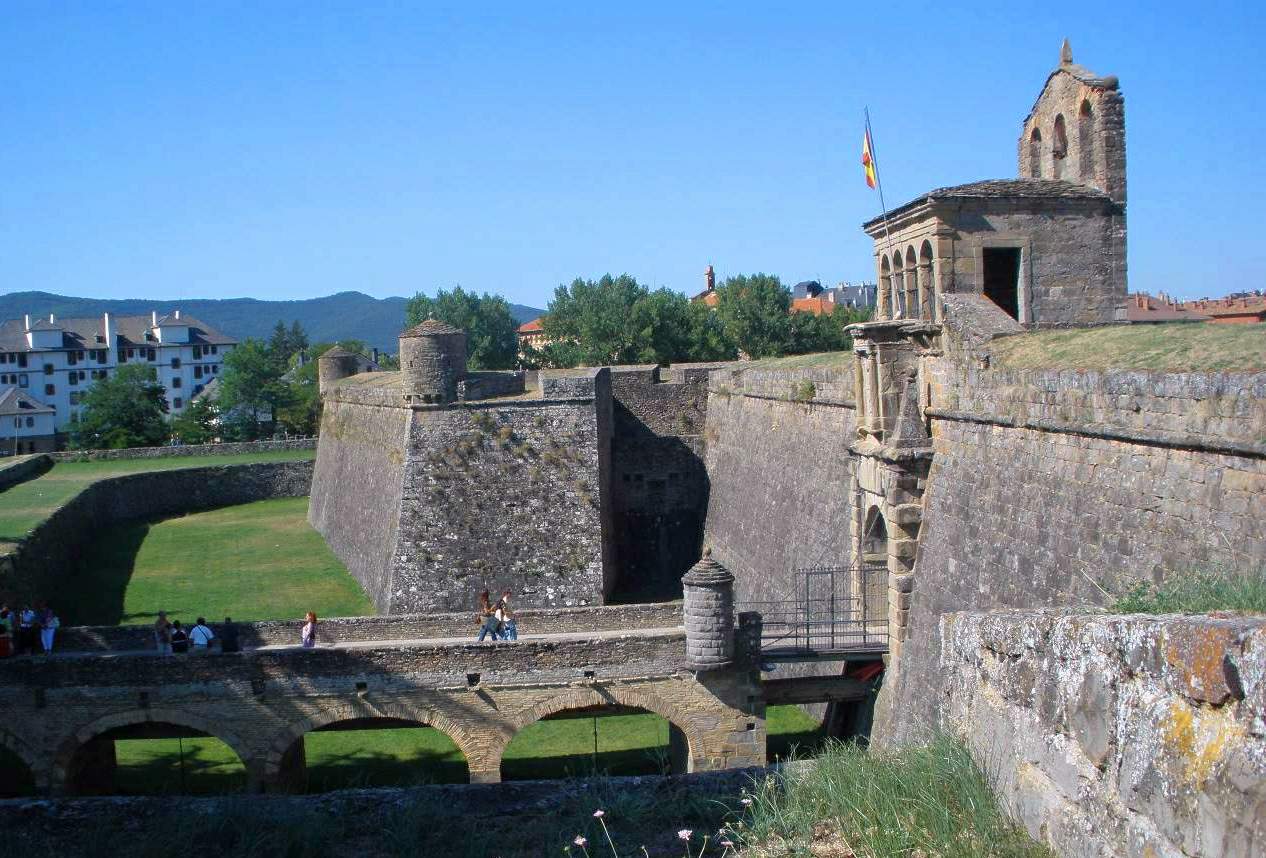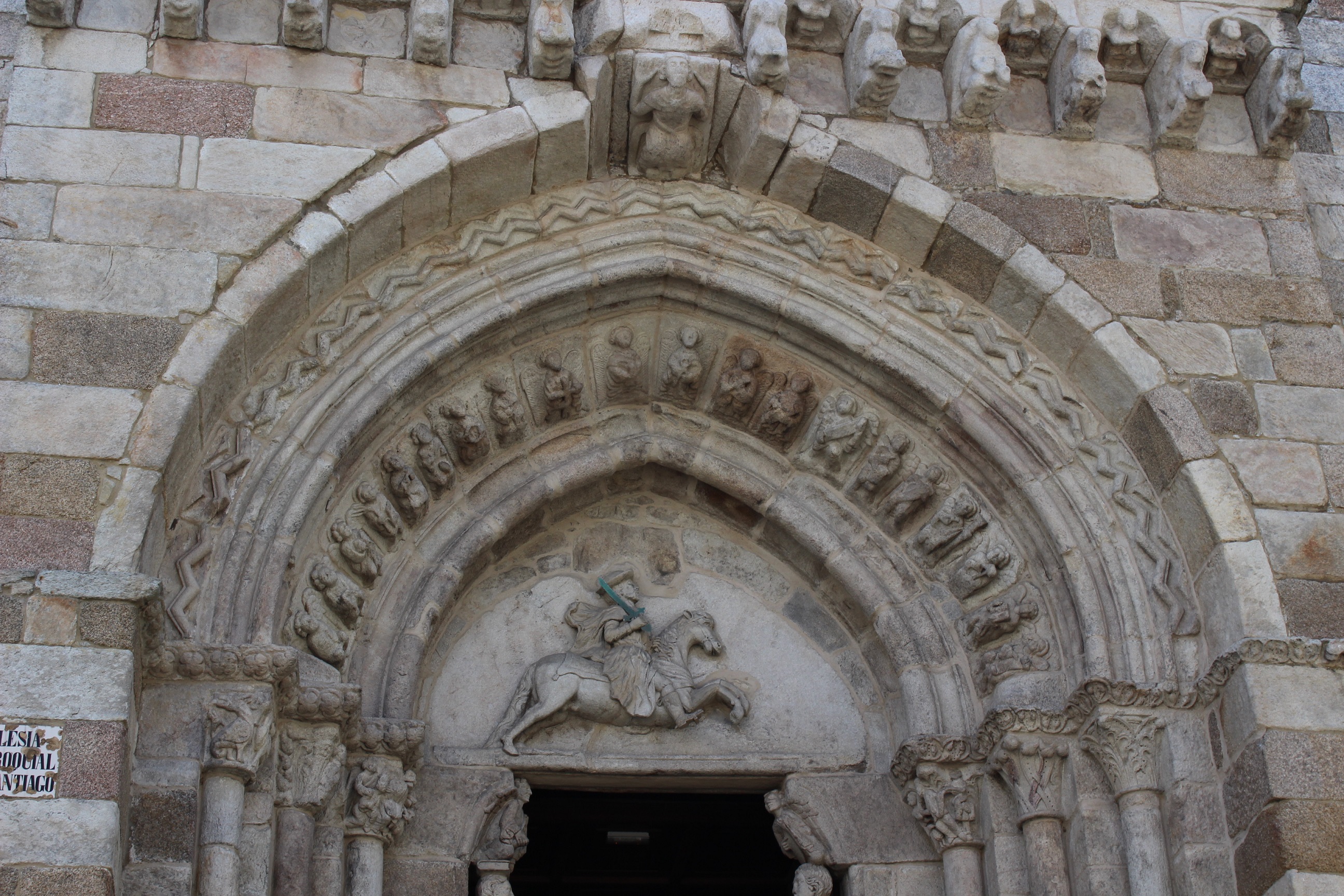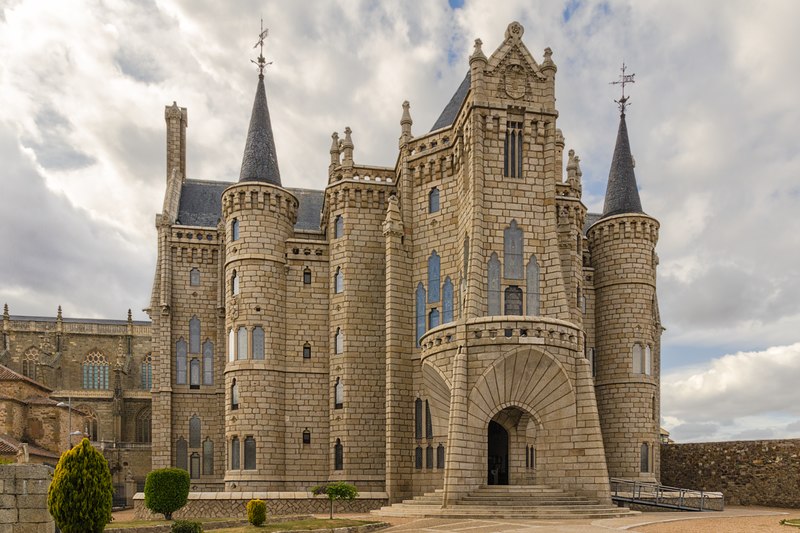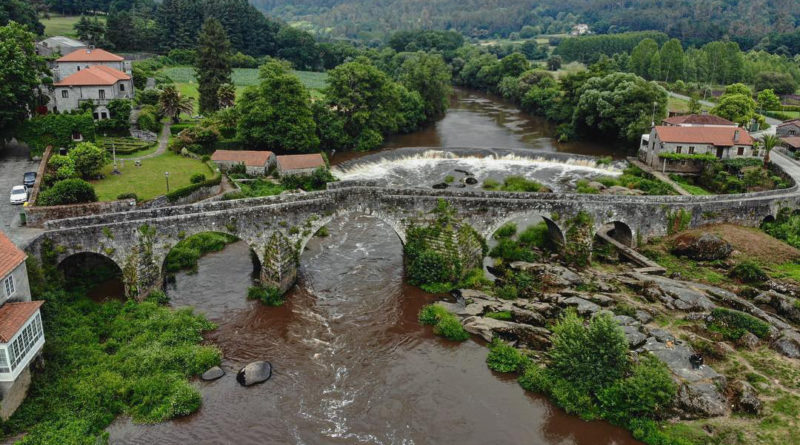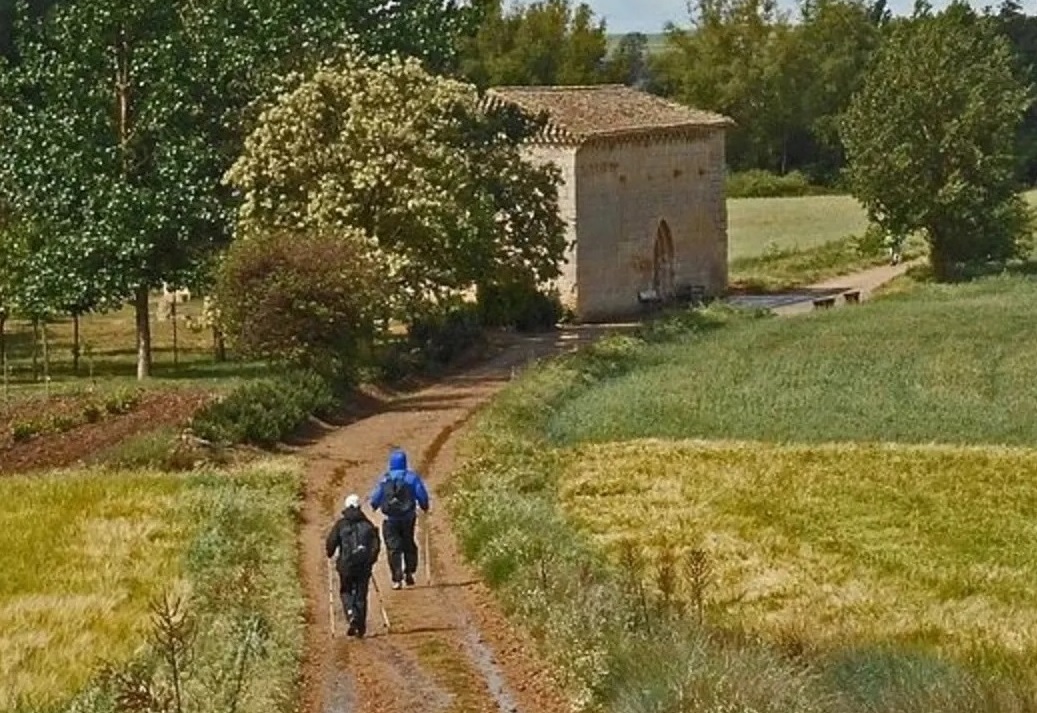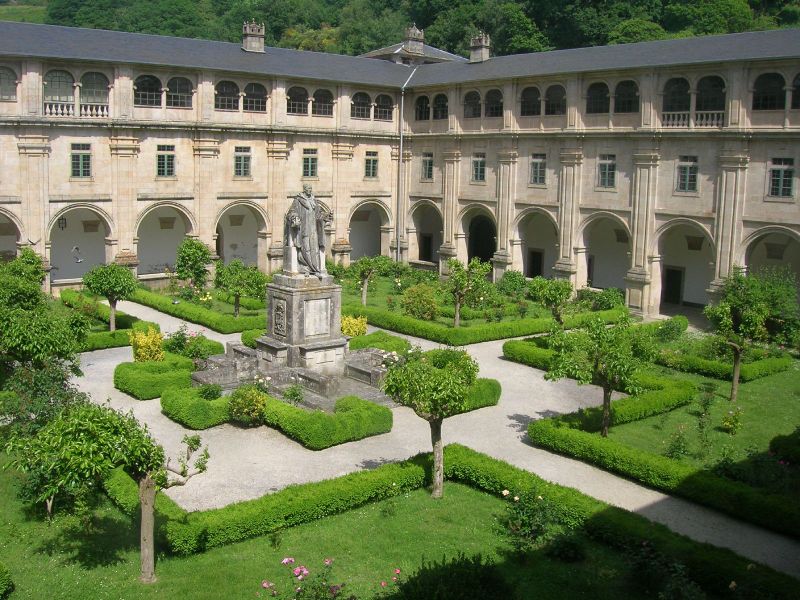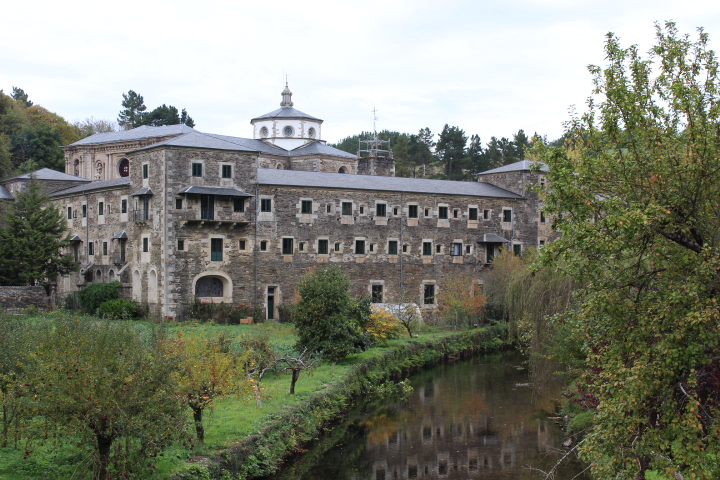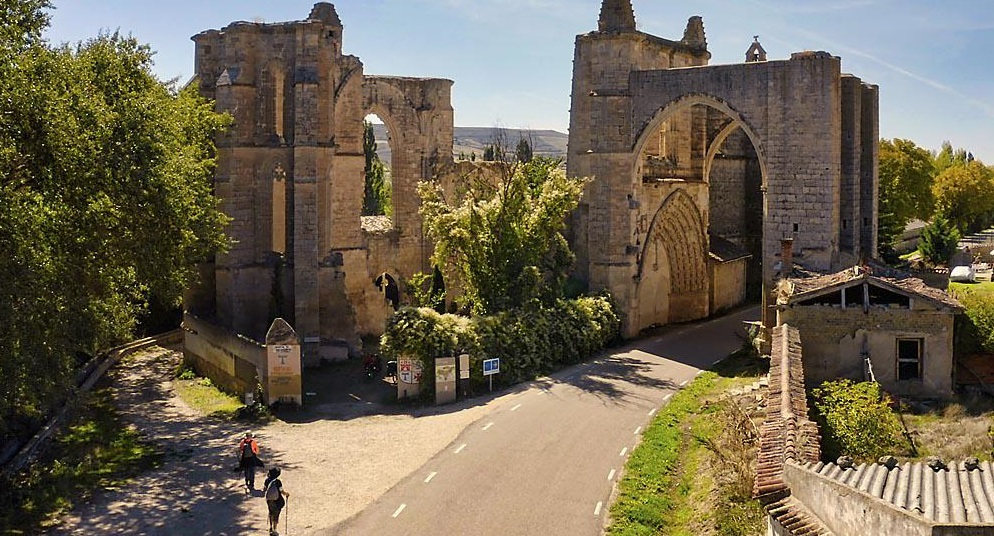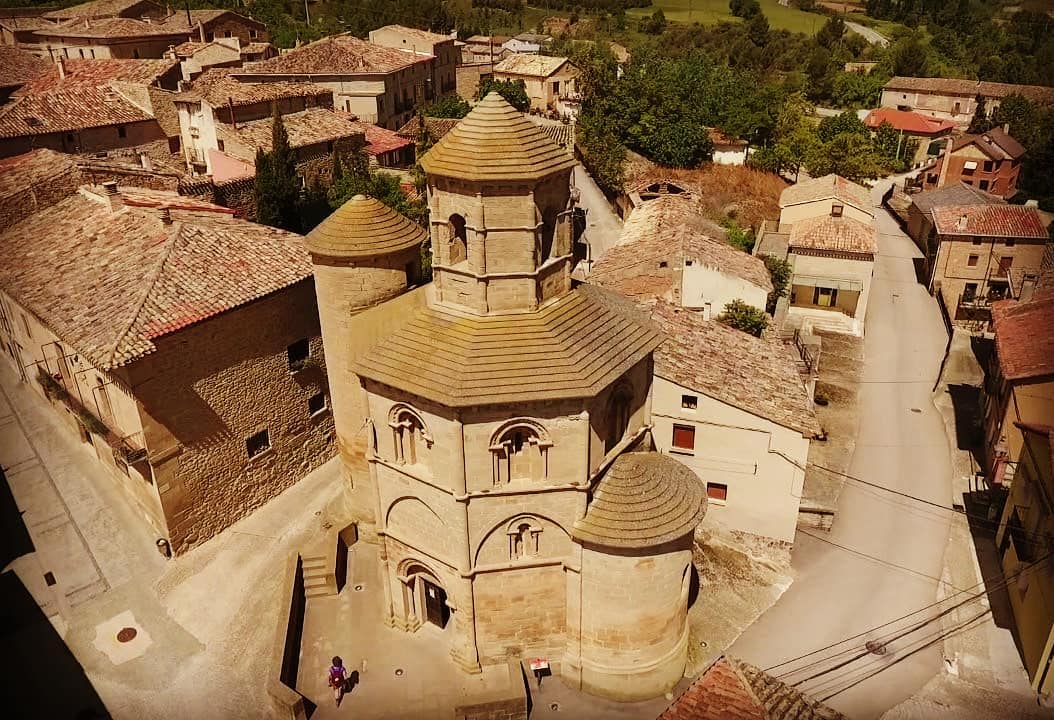Roncesvalles owes its extraordinary reputation thanks to medieval minstrels and pilgrims, medieval poetry and pilgrimages. Its fame is mainly due to one of the most legendary medieval exploits in the history of the West, the Battle of Roncesvalles: where the armies of...
Towns and cities
The French Way: Jaca and the Camino Aragonés
Jaca is the most important village on what is known as the Aragonese Way, a branch of the French Way which winds its way through the land of Aragon, and is located 818 kilometers from the city of Santiago. In the Codex Calixtino it appears as the end of the stage that...
The English Way: A Coruña
Located on a small peninsula in the northwest of Galicia, A Coruña has its origins in pre-Roman times, as the remains of the Castro de Elviña eloquently testify. But, and above all, it is magnificent lighthouse known as The Tower of Hercules which stands as a symbol...
The English Way: Ferrol
Ferrol must have been one of the busiest ports in Galicia during the golden centuries of maritime pilgrimages: that is to say, between the thirteenth and seventeenth centuries. This port, together with that of A Coruña was the main destination for the ships carrying...
The French Way: Rabanal del Camino
Rabanal is one of those “miracles of the Camino” of which all pilgrims speak, one of the greatest miracles of the Camino: a town that today maintains its traditional architecture in good condition and an enormous economic and social vitality, after decades of...
The French Way: Astorga
The pilgrim who approaches Astorga from the plain can see it high up on the hill that precedes San Justo de la Vega. Astorga is one of the most important centres on the Camino de Santiago, well- known for its history and cultural richness wealth. Thanks to its...
Magical places on the Fisterra-Muxía Way: Ponte Maceira
Pilgrims who decide to continue on their way as far as Fisterra-Muxía, will find very early on a place of extraordinary architectural and natural beauty: Ponte Maceira, only 8 kilometers from Santiago. The place takes its name from the bridge, which was one of the...
San Nicolás de Puente Fitero
The small church of San Nicolás de Puente Fitero, called the “hermitage” by the local people, is one of the most well-known and beloved places for Jacobean pilgrims. It is an old foundation of the Order of Malta located in the municipality of Itero del Castillo, in...
The French Way: Art and architecture of the Samos monastery
Almost nothing is known about the monastery of Samos during the first centuries of its existence. The oldest of its architectural remains is the small chapel of San Salvador, dating from the 10th century and it still stands next to the tree that gave it its nickname:...
The French Way: History of the Samos monastery
The monastery of Samos has for centuries played a major role in a section of the Camino de Santiago that runs between Triacastela and Sarria, following the fertile plain that runs parallel to the route cited in the Codex Calixtino and most of the pilgrimage...
A miracle of the Camino: The Hospital de San Antón and its Foundation
The wonderful ruins of San Antón and its magical hostel constitute one of the most valued places on the Camino de Santiago, a small miracle like the not-so-distant San Nicolás de Puente Fitero hostel. That miracle - like many on the Camino - has a name: Ovidio Campo....
The French Way: Torres del Río
Torres del Río is a small village of fewer than 200 inhabitants, one of those tiny settlements that are full of history and closely linked to the pilgrimage to Compostela. In this case it also is internationally known for its majestic church of the Holy Sepulchre. The...


